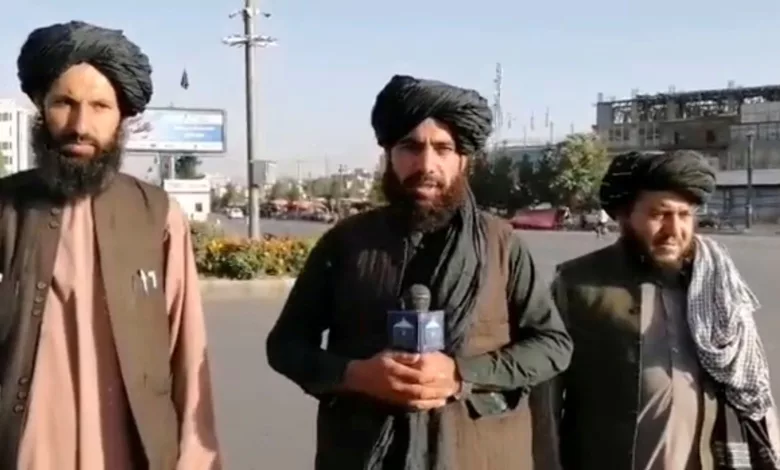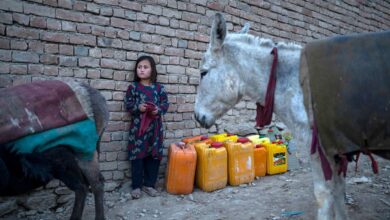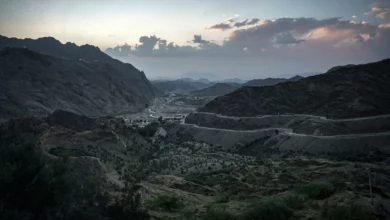
Aug 21 (Reuters) – In the last few days, TV crews from Afghanistan’s Al-Emarah Studio, which produces pro-Taliban multimedia content, have been out on the streets of Kabul speaking to residents with reassuring messages about life returning to normal.
“How confident are you?” asked an interviewer with a Al-Emarah microphone in the city centre. “100%,” came the reply. “Security is good, there are no thieves, we are very happy.”
The message is in sharp contrast to the chaos in parts of Kabul since the Islamist militants swept in last Sunday after a lightning conquest of Afghanistan.
Thousands of people have swarmed around the airport, desperate to escape amid fears of reprisals by the insurgents and harsh Islamic law now that they are back in power.
It has presented one of the toughest tests yet for the movement’s communications strategy, which has grown into a sophisticated operation in recent years and yet is struggling to calm widespread panic.
The Al-Emarah interviews were a tiny step towards trying to win back control of the message.
For the moment, Al-Emarah websites in five different languages have been difficult to access or apparently offline from Friday, for reasons which remain unclear. The clips could be seen on social media accounts, however.
On Saturday, several Taliban spokesmen took to television studios to reassure residents that the streets were safe. On the same day, Mullah Abdul Ghani Baradar, the top Taliban political leader in Afghanistan, arrived in Kabul to set up a police force.
‘IT’S ALL LIES’
Getting their message across has proved harder since the Taliban conquered Afghanistan than it was when they were fighting an insurgency against foreign and U.S.-backed local armed forces.
Over the years, it has often been a step ahead of the government, getting its message out with a mix of multi-lingual social media accounts, videos, photos and responsive, well-prepared spokesmen equipped with ready answers to reporters’ questions.
While Facebook and YouTube have banned the group, it has an active presence on Twitter and dozens of social media accounts either directly linked to the movement or which stick close to its message have sprung up.
Many Afghans have treated those messages with disdain. The group has been blamed for thousands of civilian deaths in gun attacks and suicide bombings over the last 20 years, deaths it said were justified in its war against invaders.
And with growing turmoil in Kabul and some other cities, the movement can no longer fall back on accusations of abuse and wrongdoing by the Kabul government and its international allies.
The Taliban have tried to reassure both Afghans and the international community that they will respect people’s rights and their forces will not exact revenge on members of the government and security forces.
The news conference held by the Taliban’s main spokesman Zabihullah Mujahid on Tuesday put a public face on the movement’s communications operation for the first time.
But social media feeds of beatings or shaky video of people being dragged from cars and houses have challenged the Taliban’s narrative, sowing fear among a population still in shock from the sudden collapse of the government.
Many of the accounts of abuse cannot be verified, but Taliban officials acknowledge the widespread fears.
A senior official told Reuters he had heard of some abuses against civilians, but promised that any problems caused by people in the movement would be investigated.
In a tweet on Saturday, Mujahid said the Taliban were setting up a three-member commission to handle problems encountered by the media.
With smartphones as common in Kabul as anywhere else in the world and a youthful population that has grown up with the internet, the Taliban’s communications strategy will likely keep evolving.
But unless they can restore order to the streets and get people back to work, messaging alone is unlikely to be enough.
“I don’t believe what they say at all, it’s all lies. Nobody trusts what they say,” said one Kabul resident, who did not want to be named for fear of reprisal.
Reporting by James Mackenzie; Editing by Mike Collett-White




